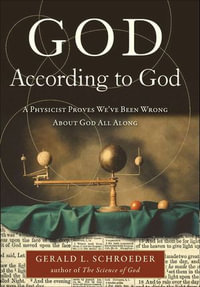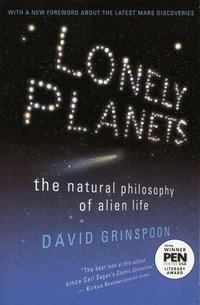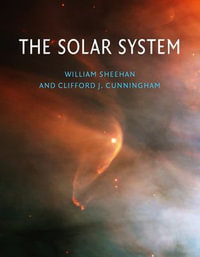Since astronomical distance measurements are wrong, this work ought to serve as a possible cautionary tale for all astronomy and cosmology colleagues, as well as for astrophysicists in general.
The study reveals that the electromagnetic wave propagation from a rotating source does not follow a straight line but the Archimedes spiral trajectory, indicating that most astronomical distance calculations may be incorrect. The research suggests that galaxies are closer to us than previously estimated, potentially indicating a younger universe. The difference between the Archimedes spiral arc length and straight-line estimates is small within our solar system but becomes more significant from Pluto. It is recommended to review all astronomical and cosmological distance and age data.
* Does light follow a rectilinear path?
* Are distance measurement methods of the "cosmic distance ladder" providing the right results?
* Are galaxies really receding?
* Do receding galaxies mean that the universe is expanding?
* Can we better determine the age of the universe?
* Could galaxies collide?
All these questions are answered in the development of this study according to the suggested theories.

























